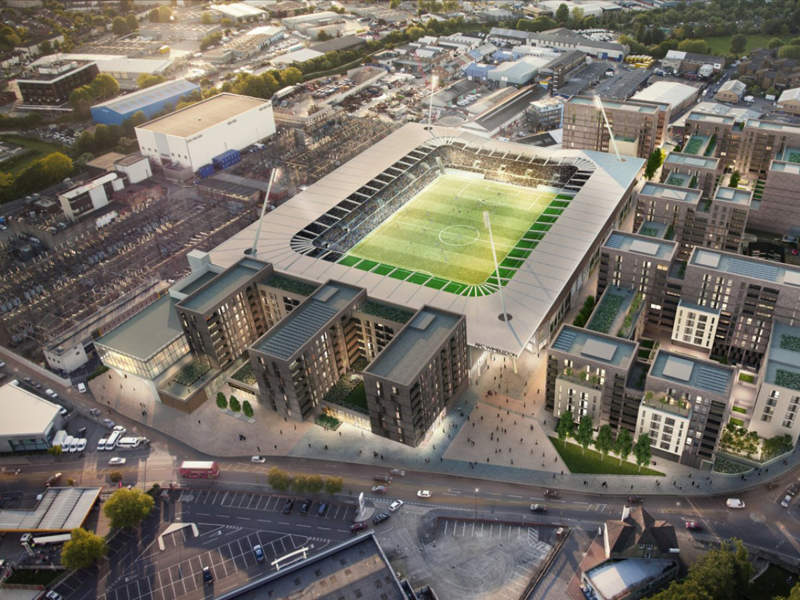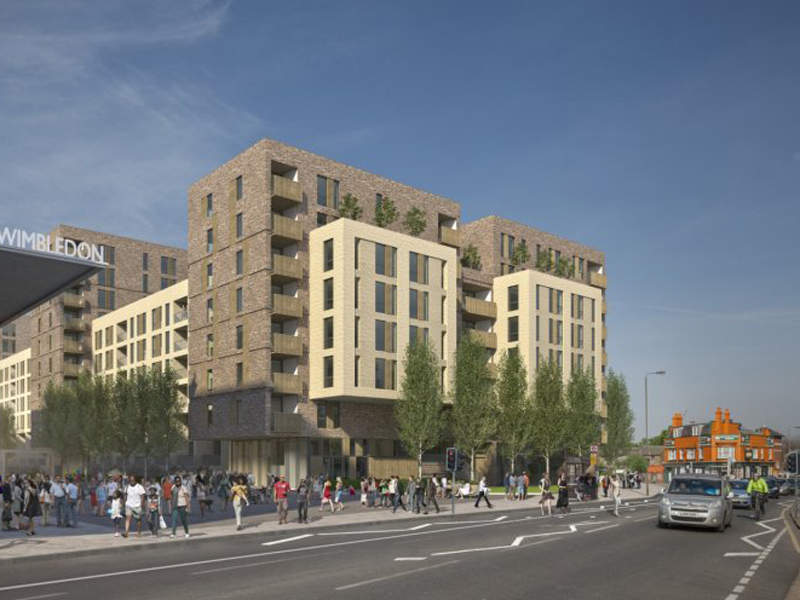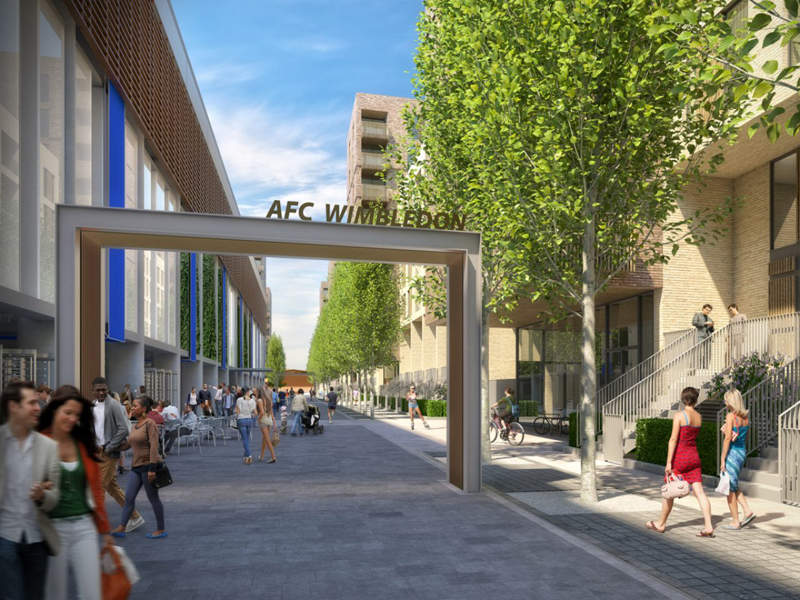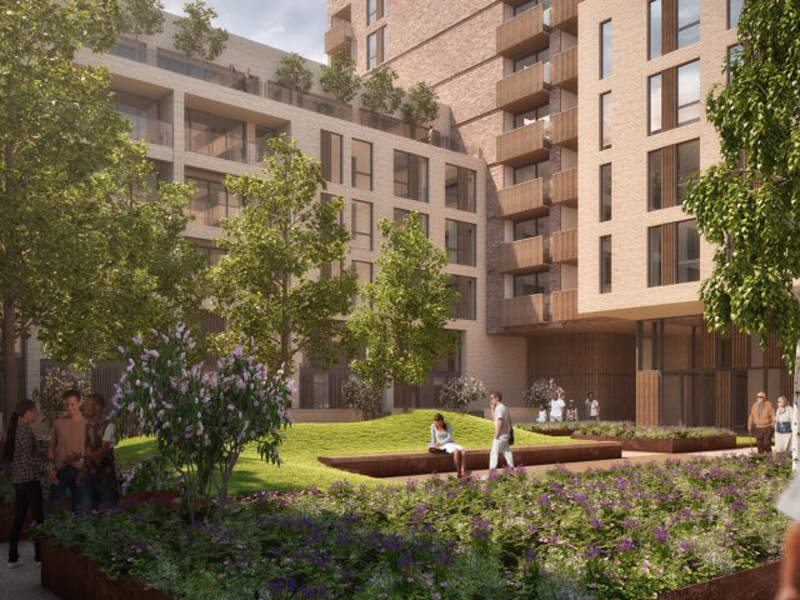The AFC Wimbledon Stadium development is a multimillion-dollar mixed-use development coming up on a 14-acre brownfield site in the London Borough of Merton off Plough Lane in Wimbledon, UK.
The project includes the development of a sports stadium, along with residential apartments and retail spaces on the former Wimbledon Greyhound Stadium site. Galliard Homes and AFC Wimbledon Football Club are developing the new stadium.
Catalyst and Galliard Homes will develop the other elements of the mixed-use development in a 50:50 joint venture agreement.
Demolition works on the existing facilities commenced in March 2018 and will be followed by site clearance works. Construction on the stadium is expected to begin when site clearance works are complete.
The stadium is expected to be completed by 2019, while the first phase of the residential units is expected to be completed by early-2021.
The project will bring economic benefits to Merton, create a number of jobs and add community facilities for local residents. It is designed to create a coherent and sustainable connection with the surrounding community.
AFC Wimbledon Stadium location
The AFC Wimbledon Stadium development site is located in the northeastern part of the London Borough of Merton. It was previously occupied by the Wimbledon Greyhound Stadium, which hosted events such as puppy derby and greyhound derby, car boot sales and stock car racing. A three-storey building and car parking facilities were also part of the site.
The site is well connected by buses that ply on Plough Lane, Garratt Lane and Gap Road. It is also located close to over-ground and underground railway stations. The closest station is the Haydon’s Road Station, which is located approximately 700m south of the site.
AFC Wimbledon Stadium design details
The new stadium will be built on the western part of the site and will have a north-south orientation. The stadium is designed with a capacity of 20,000, although it will initially open with a capacity of 11,000 with plans for future expansion.
The pitch will be mainly used to play football although rugby can be played on the same pitch. The sports stadium will also have a hospitality provision for 1,200 people, which can be used during non-match days and for private hire.
The stadium has fewer public parking spaces as the majority is allotted to broadcasting vehicles on match days. The parking spaces can be used by visitors on non-match days.
Residential space at AFC Wimbledon Stadium redevelopment
Three new apartment buildings, including 602 mixed-tenure apartments, will be built on the south, east and north parts of the stadium. The buildings will be six to ten storeys in height and mostly comprise one, two and three-bedroom apartments. Out of the 602 apartments, 177 will be affordable homes.
The apartments will include raised maisonettes with a private garden, front courtyards and green squares. A lower ground level parking complex with 300-400 spaces will be developed for the apartment buildings.
The first phase of residential development includes the seven-storey Stadia Three building.
Public spaces and amenities at AFC Wimbledon Stadium development
The project also includes the development of a 17,500ft² squash club and fitness facility that will include six squash courts, a dance/fitness studio and a gymnasium. A retail outlet spanning an area of 13,700ft² will also be part of the facility.
The football stadium entrance will face onto a new public piazza. A pedestrian boulevard running in a north-to-south direction will be built between the stadium and the housing development. The pedestrian areas around the stadium and the residential area are designed to allow the safe movement of crowds and emergency vehicles during match days.
Contractors involved
Sheppard Robson designed the master plan for the new project, which comprised the residential, retail and leisure elements.
WilsonOwensOwens is the architect of the new football stadium, while Andrew Scott was appointed as the preferred contractor for the construction of the stadium.
Other contractors involved in the project are Savills, Peter Brett Associates, and Thorncliffe.











